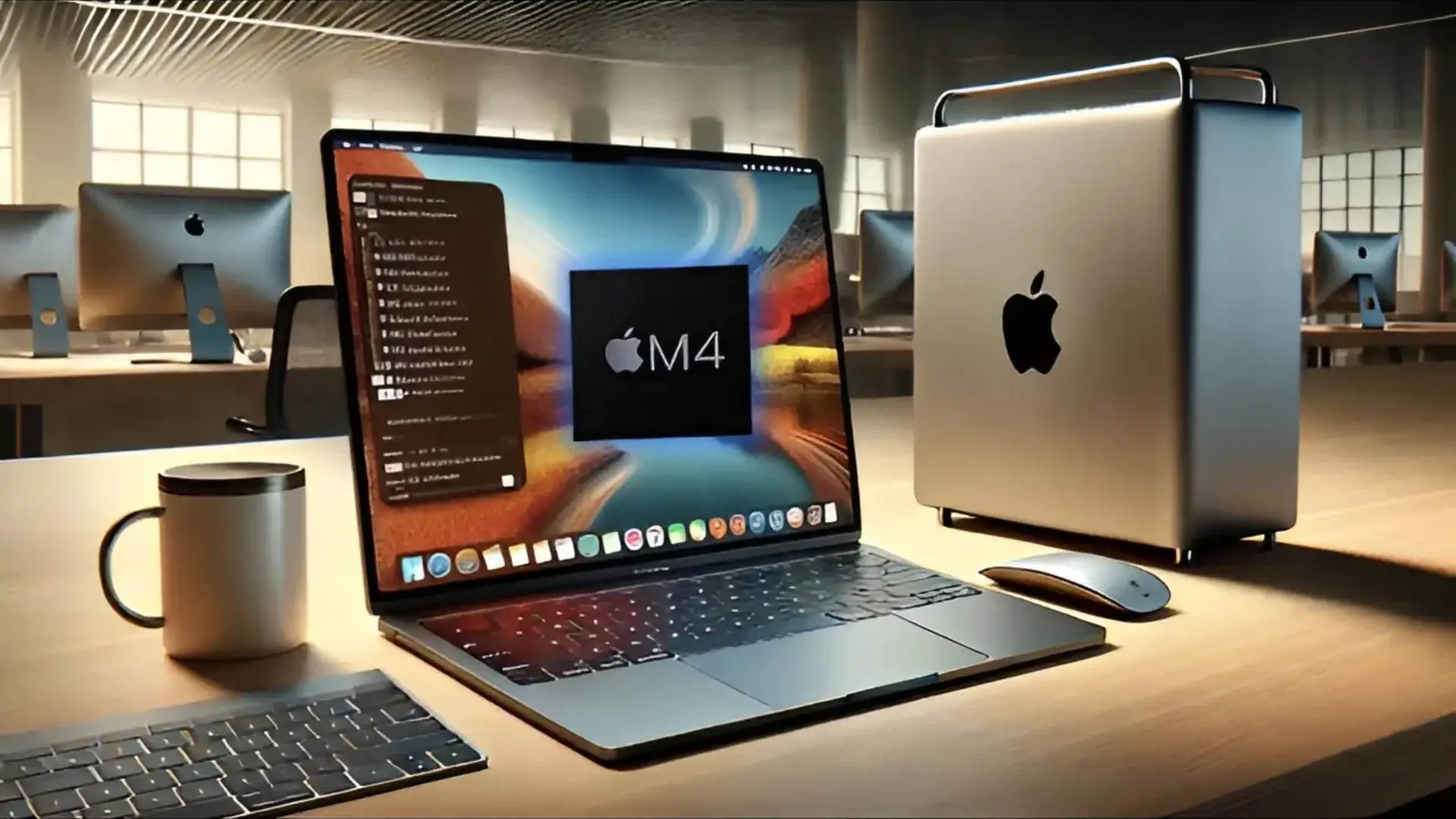Apple’s week of hardware updates continues with a fresh video announcement introducing the latest MacBook Pros, featuring the new M4, M4 Pro, and M4 Max chips.
This launch follows Monday’s M4 iMac reveal and Tuesday’s redesigned M4 Mac Mini announcement.
As with the other product videos, the MacBook Pro revealing can be watched on Apple’s website by selecting the “watch the announcement” link on the product page or on Apple’s YouTube channel.
Once again, the video opens with Apple’s SVP of engineering, John Ternus, leading the reveal.
He describes the new MacBook Pro as “packed with pro features, Apple Intelligence, and Apple silicon that’s more powerful than ever before.” Dramatically, he opens the notebook, and a gust of wind blows his hair back.
Following Ternus is Trevor McLeod, senior engineering program manager for Mac systems, who shares that the entry-level M4 MacBook Pro, still priced at $1,599, now comes in a space black color—previously available only for higher-end models.

McLeod highlights that the 14-inch M4 model is up to 1.8 times faster than the M1, especially in tasks like photo editing, and includes a neural engine that’s “up to 3 times more powerful than in M1,” enhancing Apple Intelligence features.
Like the updated iMac and Mac Mini, the MacBook Pro lineup has also dropped the 8GB RAM base configuration, now starting with 16GB on the entry-level M4 version.
The M4 Pro version of the MacBook Pro has increased its baseline RAM from 18GB in the M3 Pro to 24GB.
Apple’s VP of platform architecture, Tim Millet, notes that the high-end M4 Max chip offers 16 CPU cores and 40 GPU cores, with a unified memory bandwidth exceeding half a terabyte per second—“four times the bandwidth of the latest AI PC chip.”
Apple also displayed a CPU performance chart showing the M4 Max is 1.2 times faster than the M3 Max.
In addition to the MacBook Pro updates, Apple also announced a refreshed MacBook Air, which now starts with 16GB of RAM as the minimum configuration.